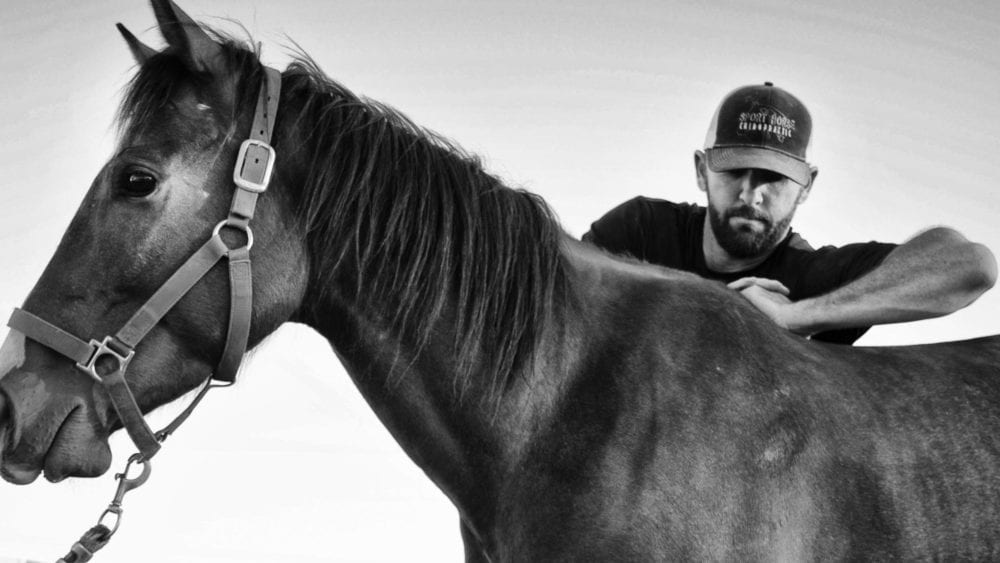If you have competed with your horse over the last few years, chances are you have heard of or tried one of the many treatment options now available for our equine athletes. This has become a growing industry in the world of competitive horses, and with good cause.
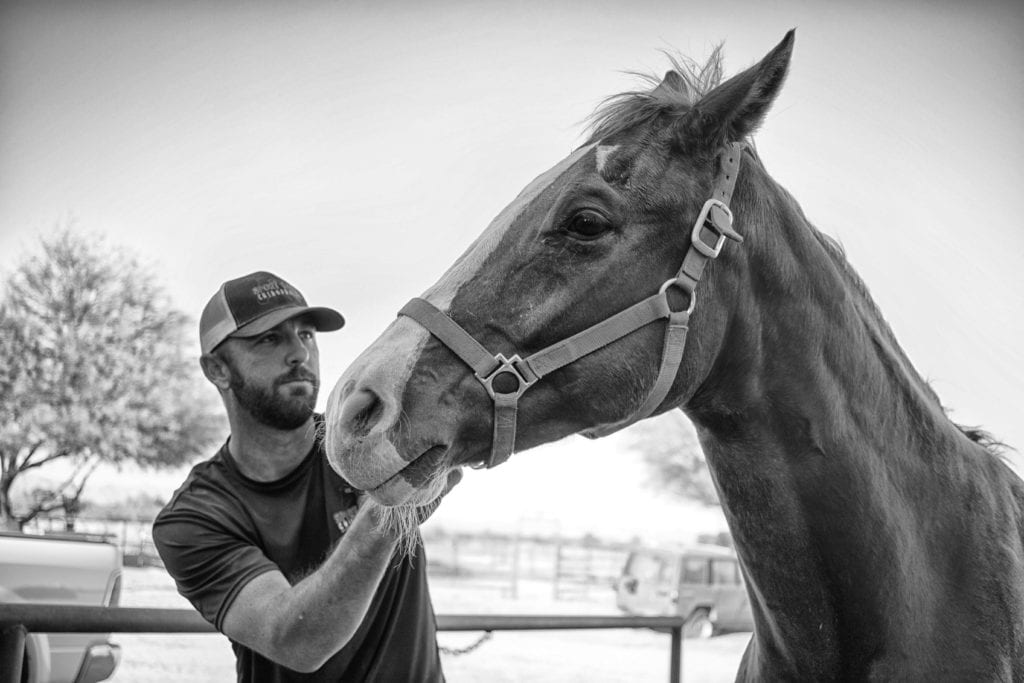 Every competitor wants their horses to perform at their best in the show ring, year after year. And when implemented into their program, many owners see their horses perform better, recover faster, and stay competitive longer. This is one reason you have probably noticed more and more of these services available at shows all over the country.
Every competitor wants their horses to perform at their best in the show ring, year after year. And when implemented into their program, many owners see their horses perform better, recover faster, and stay competitive longer. This is one reason you have probably noticed more and more of these services available at shows all over the country.
So what are these unique treatment methods, and what exactly do they do for our horses? We reached out to three practitioners to find the answers; a Masterson in massage therapy, a PEMF specialist, and a board-certified equine Chiropractor. We asked each of them the essential questions, and they were more than happy to provide us with the details.
What are the primary benefits of your treatments?
Yvonne Ohlensehlen, owner, Masterson, and instructor in massage therapy, 1Pony Integrated Therapy
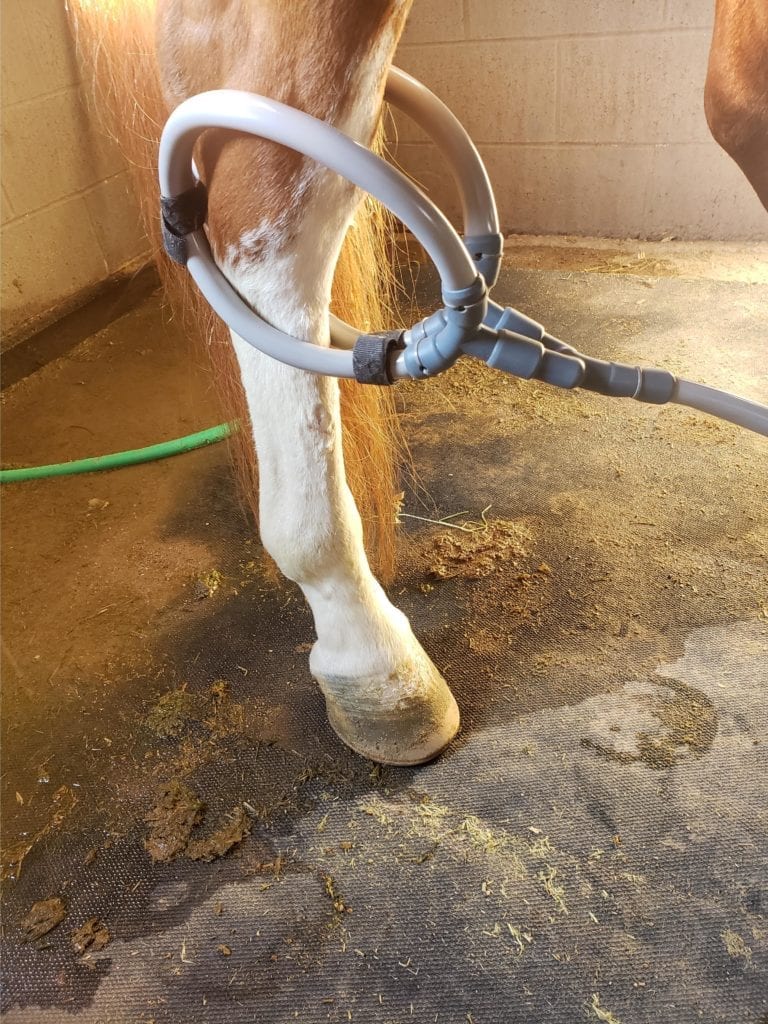 Just as with human athletes that have personal trainers to attend sore, restricted muscles to keep them going and perform at their best, so should you consider doing the same for your horse. Tack, rider and work all take its toll.
Just as with human athletes that have personal trainers to attend sore, restricted muscles to keep them going and perform at their best, so should you consider doing the same for your horse. Tack, rider and work all take its toll.
Muscles get sore, and when you practice and compete in repetitive type events, those aching muscles can become restricted and eventually start to create physical, mental and performance problems. Keeping your horse loose and balanced will help them feel better, ready to perform at their best and help ward off potential physical issues down the road.
Stacey Tucker, lead PEMF specialist, Copper State Equine Services.
To provide a drug-free, non-invasive treatment modality for equine athletes, pulsed electromagnet fields (PEMF) improves athletic performance, increases range of motion, relieves pain, reduces inflammation, and decreases recovery time.
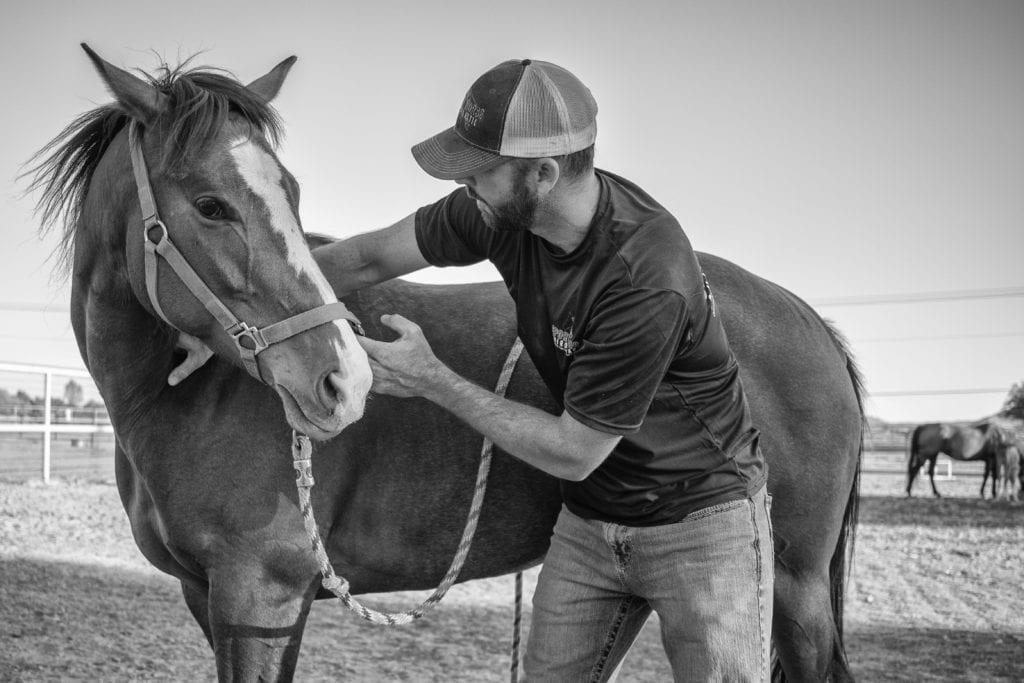 Dr. Mike Adney, owner, and practitioner, Sport Horse Chiropractic
Dr. Mike Adney, owner, and practitioner, Sport Horse Chiropractic
Chiropractic care has many benefits for equine athletes. The primary goal of a chiropractic adjustment is to affect the neurology of the animal, not just alter mechanics. Restoring proper motion of a joint allows the neurology to control the joint properly, thus altering mechanics to a more normal state. In other words, you cannot affect one without affecting the other. Correct neurology = correct mechanics = correct function.
What makes your treatment modalities unique?
Yvonne: Many modalities focus on working on the horse. The Masterson Method integrates a unique method of bodywork that recognizes and then follows the visual responses of the horse to touch. To find and release accumulated muscle and structural stress in key junctions of the horse’s body that most affect performance. This method creates an interaction between the horse and practitioner in which the horse participates in the process of release. It is an equally effective technique for any equine discipline.
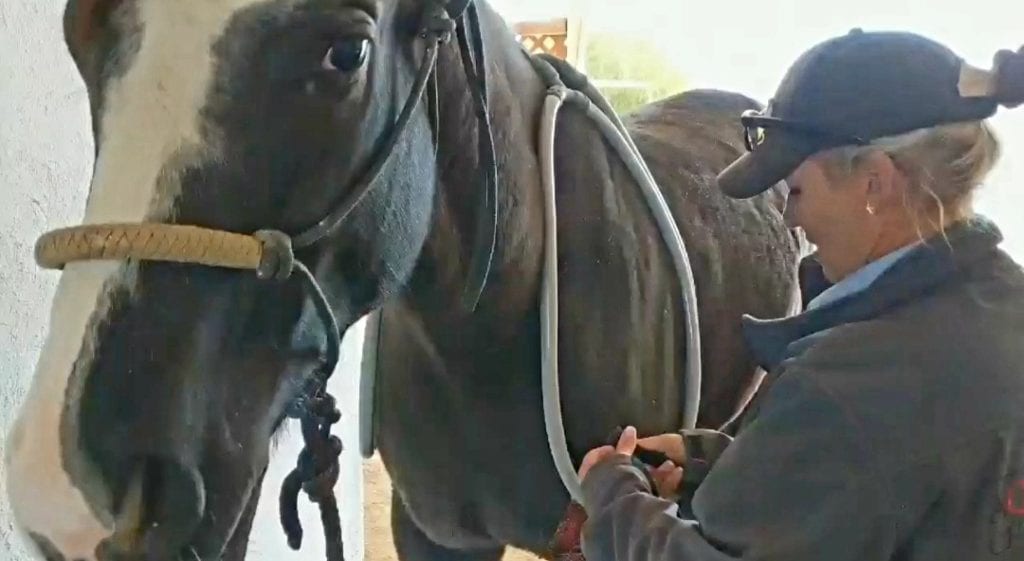 Stacey: It is drug-free therapy, non-invasive and works on a cellular level to penetrate deep into the body. It restores electrical balance to the cell and helps regenerate and repair it to its healthiest state. This technology gives energy to the body to help it work better and feel better. It merely optimizes the body’s natural self-healing and self-regulating functions. Our machine is also adjusted to the horses’ comfort level and the horse can never get immune to the pulse.
Stacey: It is drug-free therapy, non-invasive and works on a cellular level to penetrate deep into the body. It restores electrical balance to the cell and helps regenerate and repair it to its healthiest state. This technology gives energy to the body to help it work better and feel better. It merely optimizes the body’s natural self-healing and self-regulating functions. Our machine is also adjusted to the horses’ comfort level and the horse can never get immune to the pulse.
Dr. Mike: Nothing can substitute for a chiropractic adjustment. To date, I cannot find another modality that deals with correcting structure. The purpose of chiropractic is to get to the cause of improper motion at the structural level, to allow the neurology, via the soft tissues (muscles in this case), to be able to move the structure properly. You can manipulate the soft tissue all you want, but if there is fixation at the joints, once the muscles recover from that soft tissue treatment, the problem will return unless a proper motion of the joint is restored first. It is at this point that all of the other soft tissue treatment modalities play a crucial role.
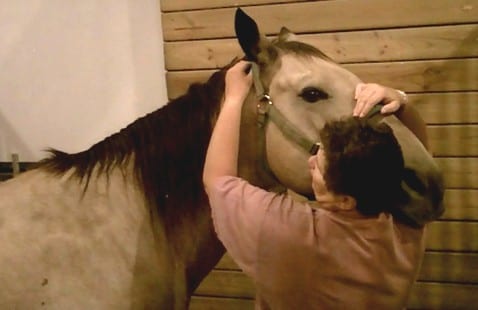 What recommendations do you have for maintenance treatment programs?
What recommendations do you have for maintenance treatment programs?
Yvonne: Depends on the job of the horse. If they are in highly competitive work, it can be every couple of days to weekly. The weekend trail horse, before and after the weekend. To the inactive horse bimonthly to once a month. Bodywork should be incorporated in all aspects of a horse’s life from beginning training under saddle (helping them to carry themselves underweight and stay balanced) to retirement age, keeping them comfortable from arthritis and other health issues.
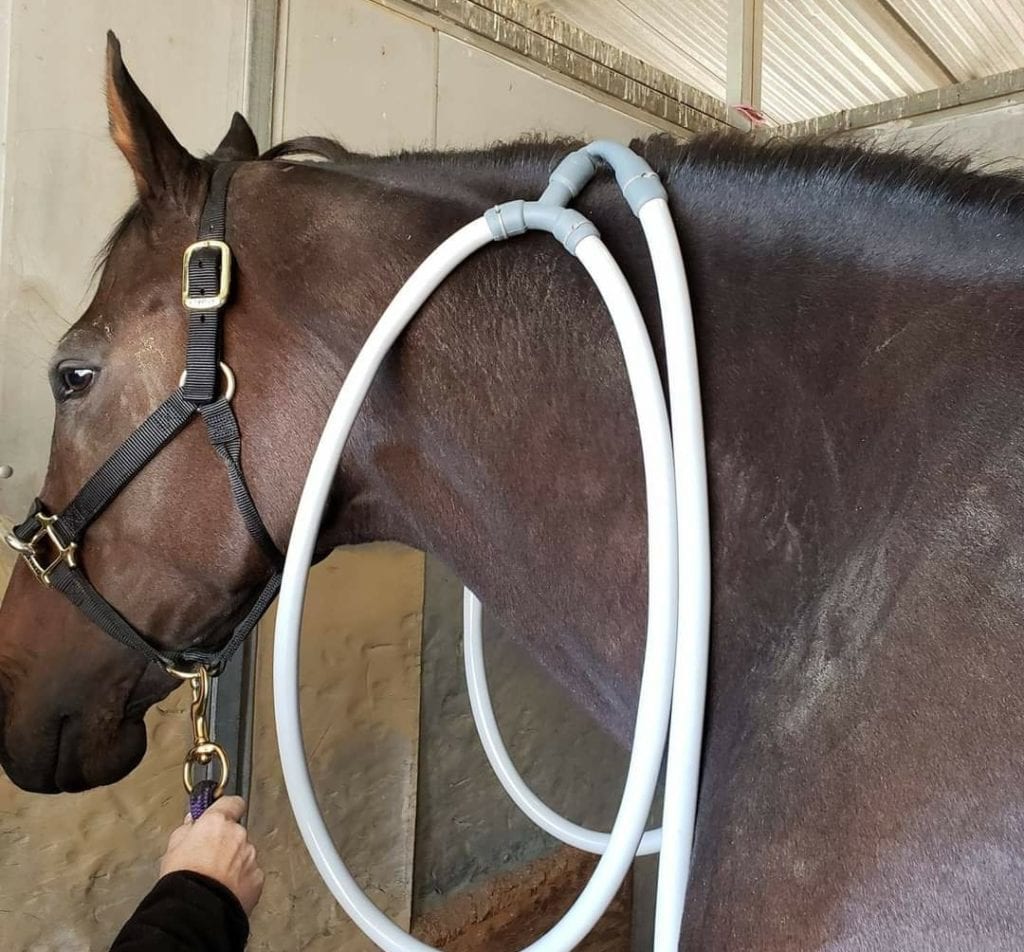 Stacey: Depends on the situation. For post-injury/recovery/illness- we refer to the veterinarian recommendations for horses in training- weekly, bi-weekly, or monthly. For competitions (can vary depending on the type) – one week out from the show, the day before the first class and after the events for faster recovery.
Stacey: Depends on the situation. For post-injury/recovery/illness- we refer to the veterinarian recommendations for horses in training- weekly, bi-weekly, or monthly. For competitions (can vary depending on the type) – one week out from the show, the day before the first class and after the events for faster recovery.
Dr. Mike: The lifestyle of the horse primarily determines maintenance frequency and duration. There is so much that goes into it (level of work, discipline, injury/illness). In general, however, I like to see my performance horses every 8-12 weeks and horses used for trail rides, therapy programs, etc., every 16 weeks.
***
If you would like more information on the crucial roles these unique treatments play in injury recovery, or to hear about some of their most remarkable success stories, please feel free to contact them. Each of these practitioners loves what they do and love educating and teaching others about their passion.


